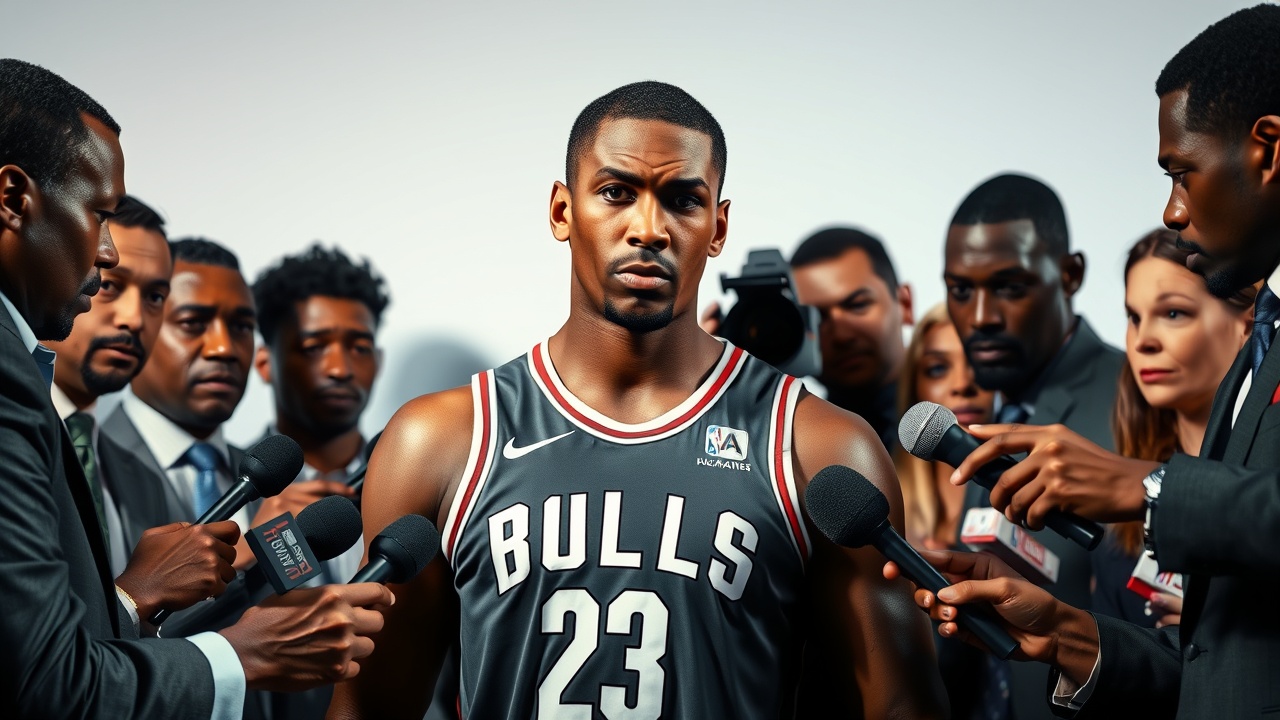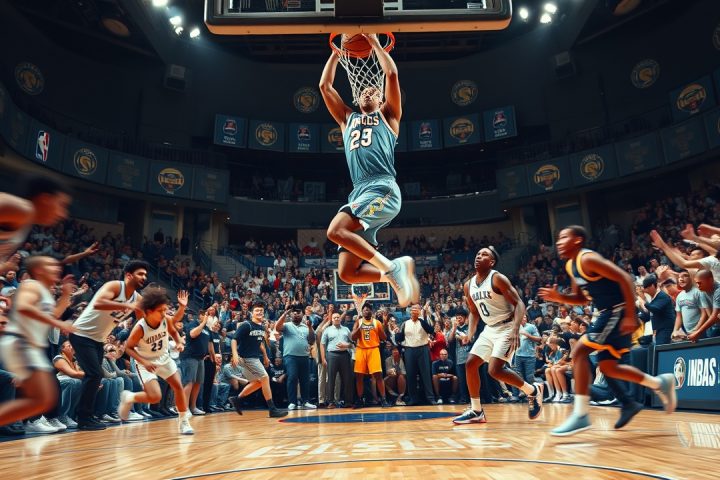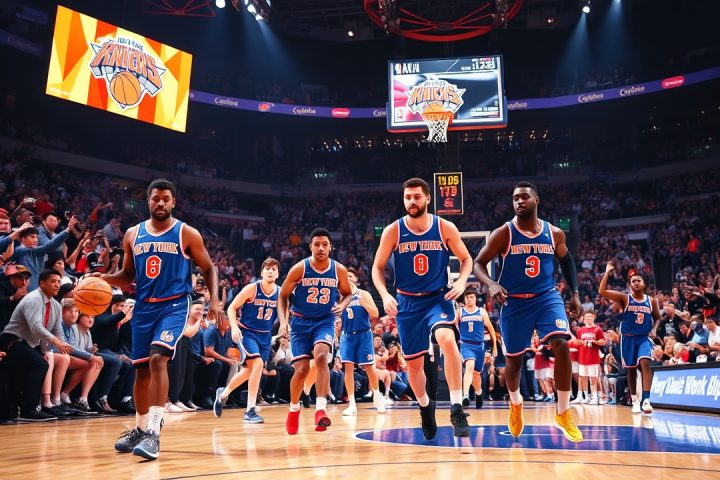Gregory Peim’s Unexpected Transition
In an unexpected turn of events, Gregory Peim has transitioned from the realm of theoretical physics, where he worked on experiments at the Large Hadron Collider, to the dynamic world of the NBA as the director of research and analytics for the Los Angeles Clippers. Sixteen years ago, Peim, a graduate student at Northeastern University, approached physicist Pran Nath, requesting his guidance for a PhD. Over the next three years, Peim not only excelled academically, publishing 13 papers on complex topics like dark matter and supergravity—far exceeding the average output of his peers—but also garnered attention from prestigious research institutions around the globe who sought to hire him after his studies.
The Analytics Revolution in the NBA
Instead of opting for a conventional career in academia, Peim chose a more unconventional path, diving into the world of basketball analytics. His move coincides with the NBA’s growing emphasis on data analysis to gain competitive advantages, a trend driven by teams seeking out data-savvy individuals capable of leveraging technology for enhanced performance metrics. Teams like the Clippers have recognized the value of analytics in crafting game strategies and evaluating player potential.
The rising integration of technology into basketball decision-making has seen a proliferation of former financial analysts, tech firm consultants, and engineers joining NBA analytics departments. For instance, the Toronto Raptors recently hired a professional from the aerospace industry, demonstrating a trend where diverse skill sets are now considered invaluable assets in the context of sports analytics.
Evolution of Analytics in Basketball
These analytics have evolved dramatically since their early days in the early 2000s, when basketball statisticians, including pioneers like Dean Oliver, began exploring efficiency metrics through discussion forums like APBRmetrics. Unlike baseball’s well-established statistical community, the NBA was initially slow to adopt such analytical methodologies, facing skepticism about its applicability to a fluid 5-on-5 game. Nevertheless, as the landscape has shifted, the use of data has become intricately woven into team strategies, player evaluations, and even contract negotiations.
Prominent teams like the Dallas Mavericks and Boston Celtics began making strides in analytics in the mid-2000s, with individuals like Mike Zarren and Roland Beech paving the way for data usage in basketball strategy. These early analytics efforts highlighted the necessity of trustworthy data collection and the refinement of statistical approaches to gain meaningful insights on player performance and tactical adjustments.
Advanced Technologies and the Future of NBA Analytics
Recent advancements, such as the implementation of the SportVU camera-tracking system, have further transformed player data collection by offering unparalleled detail about player and ball movement during games. NBA teams quickly realized the potential for these insights, though many struggled to leverage the raw data effectively until firms like Second Spectrum introduced innovative machine-learning techniques to classify and analyze basketball actions.
As analytics have become integral to team operations, the question of how much data influences team decisions, negotiations, and game strategies remains a closely guarded secret. Even as technology and data become increasingly sophisticated, the league’s culture of secrecy persists, with teams unwilling to disclose how they use their analytical advantage. The pursuit of identifying undervalued players, optimizing in-game tactics, and preparing for opponents has led to an arms race of sorts within the NBA, where innovation often occurs behind closed doors.
Looking Ahead: The Intersection of Analytics and Basketball
Now, as NBA teams prepare for decisions in upcoming drafts and player acquisitions, the intersection of analytics and basketball continues to evolve. New methodologies aimed at predicting player potential and measuring performance are emerging, yet the complexity and variabilities of talent evaluation in basketball remain a notable challenge. The reliance on advanced metrics and data-driven analysis is set to grow, shaping the future of the NBA in a game increasingly defined by technology.




